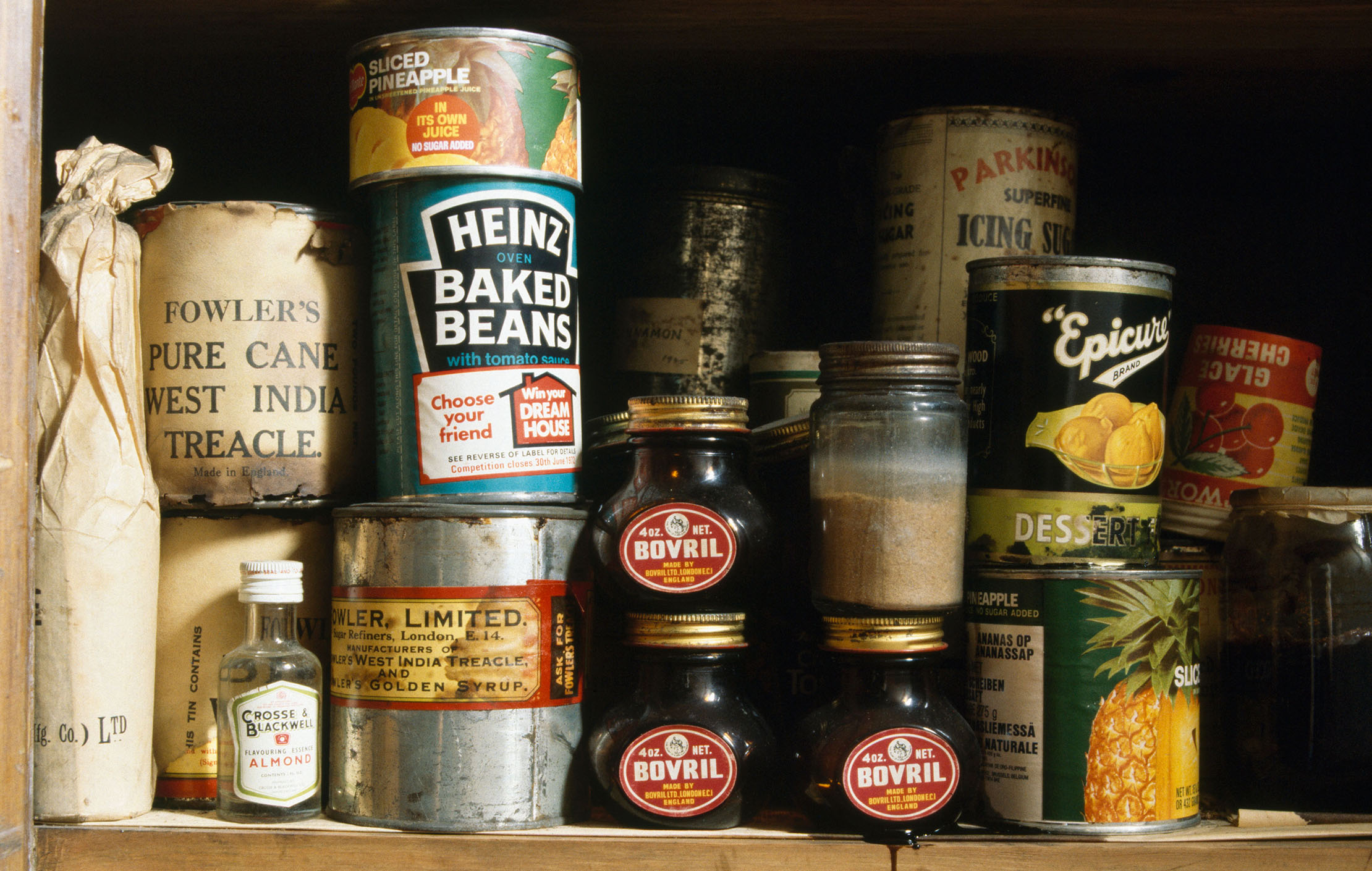How to cook Dover sole with shrimps and tomato, as recommended by Tom Parker-Bowles
Dover sole is a fish that can be kept as simple as can be, yet adding a little extra from time to time can reap rewards.


'There are few fish I prefer more on earth,' writes Tom Parker-Bowles of Dover sole in Country Life this week.
'I’m not alone in my adoration. The fact that a Dover sole is so easy to fillet adds to its allure, but it has a texture and flavour that is impossible to resist — albeit with a price to match.
'Cooked properly, and left very much on the bone, it has muscular purity to every bite. The texture offers the merest moment of tantalising resistance, before succumbing to the jaw’s inevitable advance.
'And as for that taste... clean, gentle and elegant, with the most subtle of sweetness, too. Like a whispered soft nothing from the Little Mermaid, an aquamarine sigh. Which is why, on the whole, you want to keep it simple.'
Keeping it really simple is, well, simple, adds Tom: 'Get those grill bars red hot, caress your fish with melted butter, season, then cook for four to six minutes on one side. Then two to three minutes on the other. Serve with a good squeeze of lemon. Or go à la Meunière, where the sole is dusted in flour, cooked in butter, then finished with a beurre noisette.'
Yet sometimes, he admits, it pays to experiment just a little — and the following recipe mixes things up a little while retaining everything that's good about the fish.
Ingredients
Serves 2
Exquisite houses, the beauty of Nature, and how to get the most from your life, straight to your inbox.
- 2 Dover soles, weighing about 400g each, skinned, beheaded and gutted. Ask the fishmonger to trim the tail, then chop off the flaps on both sides of the fish and keep them for you
- 1 shallot, peeled and finely sliced
- 40g butter
- Sprig of thyme
- 75ml dry white wine
- 100ml double cream
- 1 tomato, peeled and finely diced
- 100g brown shrimps
- 2 tspn of chopped parsley
- Salt and pepper
Method
In a saucepan, soften the shallot gently in a teaspoon of butter. Chop the trimmed flaps and add to the pan with thyme, a good pinch of salt and a generous turn of the peppermill.
When everything has collapsed and stewed down a little, add the wine and cook for about two minutes, until reduced by half. Add the cream, bring to the boil, then turn down and simmer for 10 minutes to reduce. Strain through a fine sieve.
Butter a steamer tray, sprinkle with a little sea salt and place the fish, white-skin side up, on top. Add a small knob of butter and a good seasoning of salt and pepper, then cover and steam for no more than two minutes. The fish is cooked when you can feel it give under a finger applied to the backbone. (If you don’t own a steamer tray large enough, place the fish on a tray, add a couple of tablespoons of water, cover with foil and bake in a hot oven for four to five minutes.)
Meanwhile, bring the sauce back to the boil, whisk in the remaining butter, taste for seasoning, then add the tomatoes, shrimps and parsley. Warm through, then coat the fish with this lovely sauce. Serve immediately with some boiled potatoes.

Credit: The Kensington – hotel in London
The Kensington hotel review: 'A charming bolthole that's just what we've been looking for'
West London is full of hotels – does The Kensington deserve to up there with the best of them? Rosie

Credit: Melanie Johnson
How to make Toad in the hole, the ultimate British comfort food
Try Melanie Johnson's recipe for toad in the hole – the ultimate British comfort food – with a twist thanks to

Credit: Alamy Stock Photo
Tom Parker-Bowles: Why a well-stocked larder is a very splendid thing, and the building block for 1,000 dishes
A well-stocked store cupboard is an essential of British life in the 21st century, says Tom Parker-Bowles as he reveals

Why you shouldn’t fear eating offal — it's food 'to soothe, comfort and delight'
Sustainable eating means cutting waste — and that means using the whole animal. Yet it’s nothing that should make you
Tom Parker Bowles is food writer, critic and regular contributor to Country Life.
